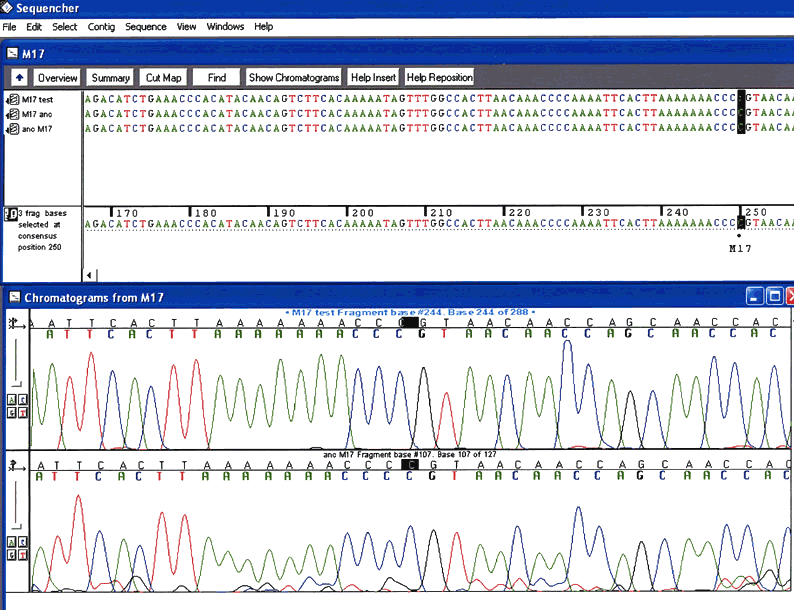The Strange Case of Haplogroup R1a
You will note that one of the main SNPs determining a haplogroup, R1a, which is very important to the Clan Donald, since Somerled belonged to it, belies the claim that UEPs are actually unique. The early ancestors of mankind all had an A (for the DNA base Adenine) there (as do chimpanzees today, which is how we know that A was ancestral to all mankind.). Haplogroup A (this A is not related to Adenine), fairly common in southern Africa, retains that original A. But very early in the development of men, it mutated to a G (for the DNA base Guanine), and the vast majority of men today have that base, in fact everyone in haplogroups B through R, except people in R1a, still has the G. But relatively recently, perhaps 15,000 years ago, someone had a back mutation, where the G mutated back to the original A, and all his descendants, including many of our Clan leaders, have that A.
If you get an SNP test for your haplogroup from FTDNA or elsewhere, the results will be called "ancestral" versus "derived" or "positive" versus "negative" for the named mutation. Normally positive or derived means that you are farther from the "root" of the tree. But since SRY10831 is a back mutation, men who are R1a are described as "negative". This of course can be confusing.
Almost all men who are R1a are also R1a1, which is determined by a deletion UEP called M17 and a SNP called M109. FTDNA now tests for M198 rather than SRY10831. A scan of the actual test for the M17 (R1a1) UEP (a deletion) of the designer of these web pages is below. The bottom trace is someone who in not R1a-M17, the top trace is of the webmaster, who is. Note that the trace of Somerled himself would be identical to this. Look for a missing blue peak (a C) in the M17 one.

